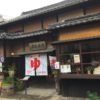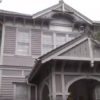最近は香川県にはまってる。
最近は四国の香川県にはまってるっていうか 行きやすいってってことで。
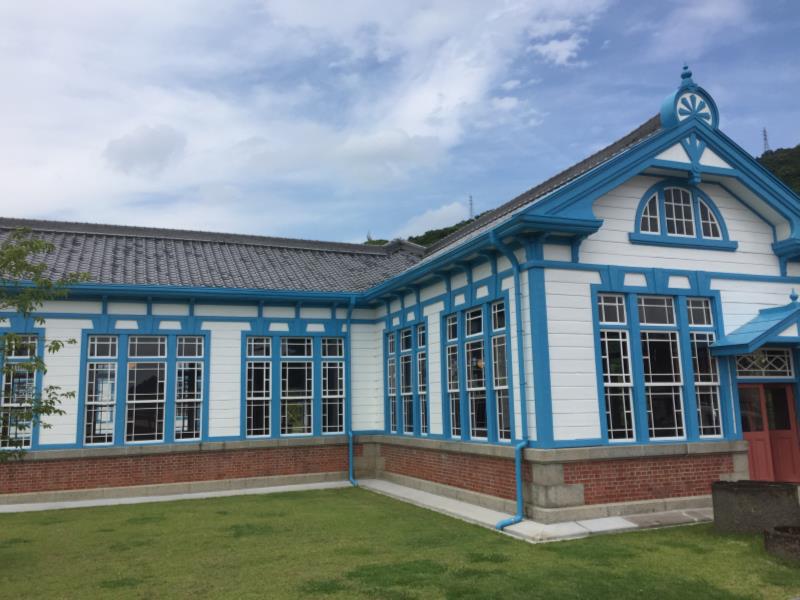
■天気がいいと映えます。

■看板です。

■芝も手入れされてて綺麗です。
いい感じでこの高松まで来れる。大阪からだから
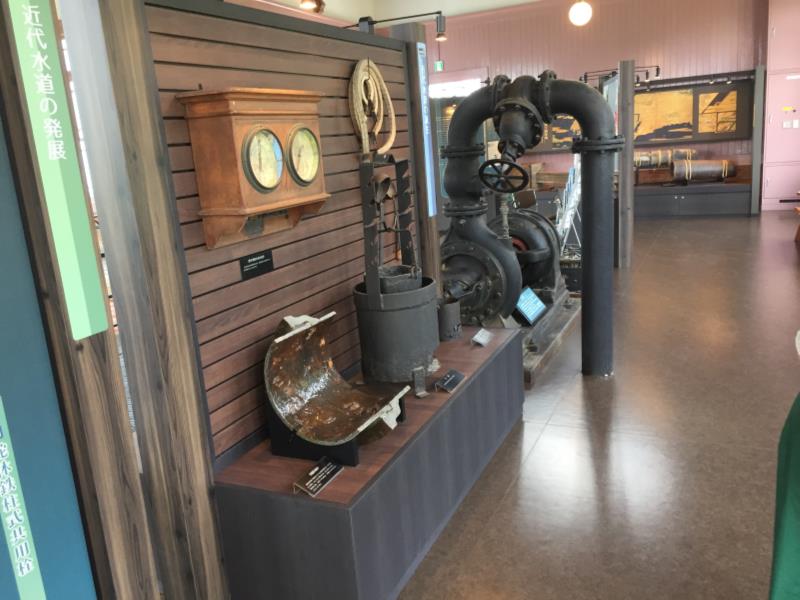
■展示されてる感じ。

■当時使用されてるパーツなんかもある。
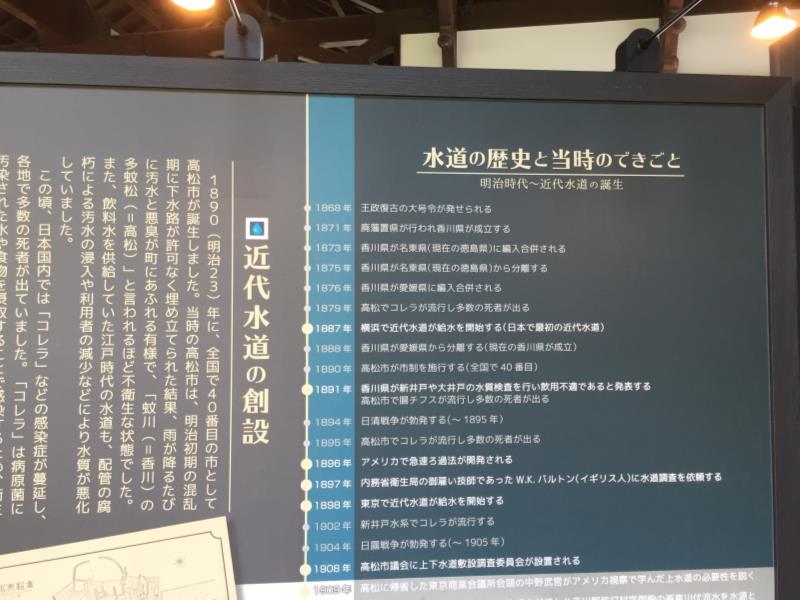
■当時の出来事。
これが、
で、まずは”旧御殿水源地”です。
”旧御殿水源地”ははずれにあるが、めっちゃ綺麗です。
”旧御殿水源地”は高松の水道の始まりの 歴史的遺産です。また、
ま、かなり近いです、川沿いに この建物がある。市街の道路を走って 少し行くと左手の 川沿いを走っていく。そうすると
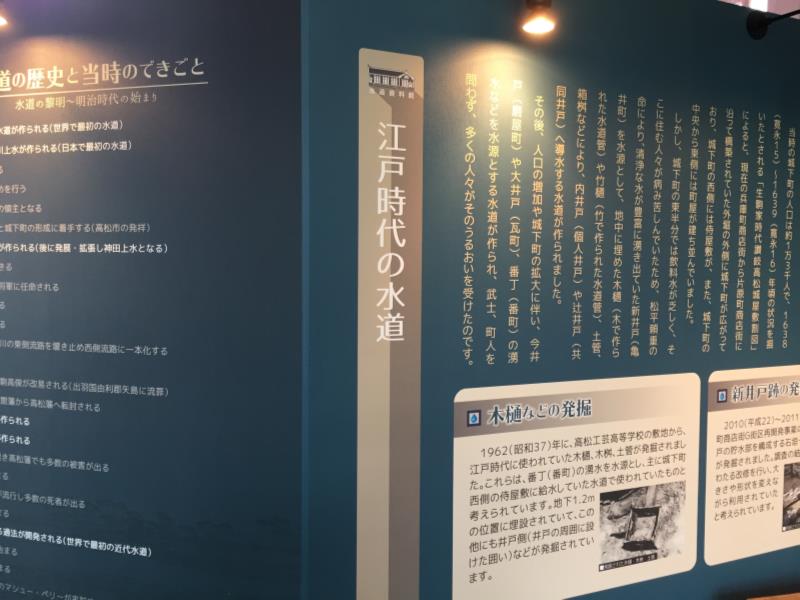
■江戸時代の水道
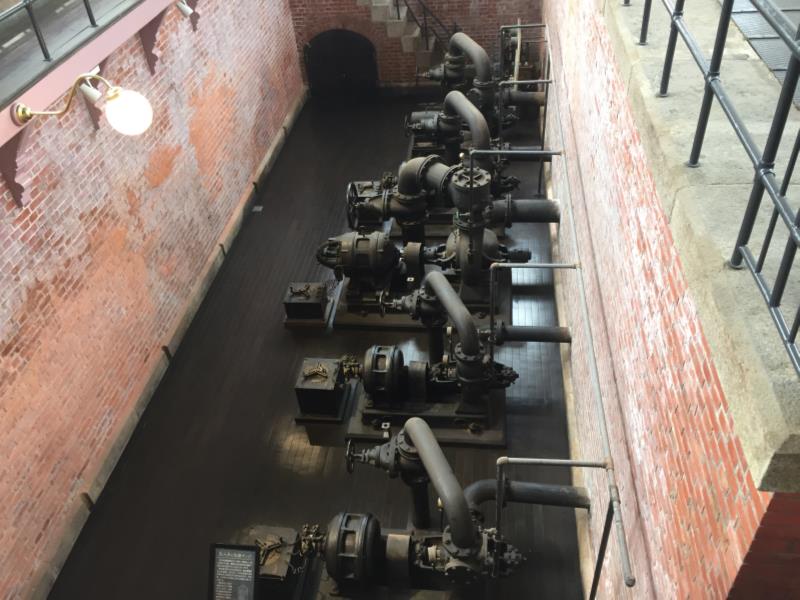
■地下のポンプ室です。
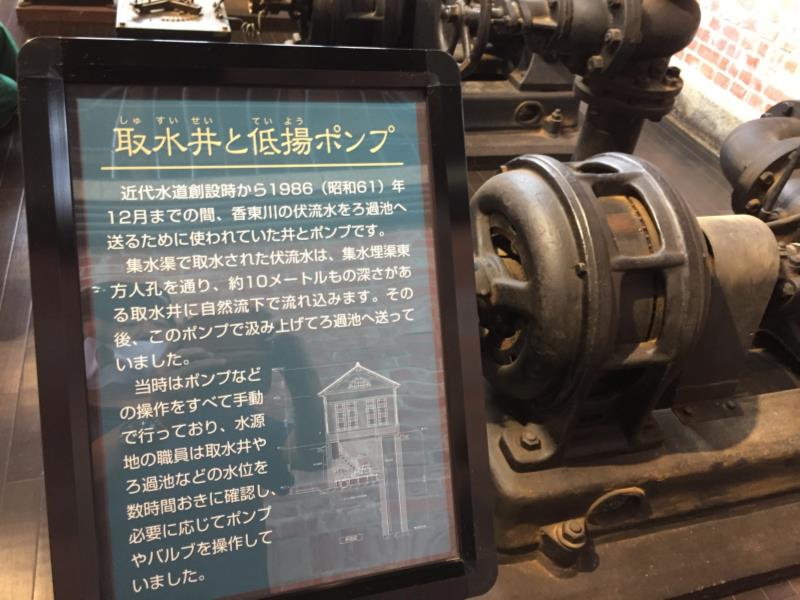
■低揚ポンプ
中には、この水源地の歴史的な資料の展示をしてます。その他、水源地ですから、たぶん 水をせきとめたり 開放したりする ダム的なものがあったんだろうから、
この機会の展示も地下的な場所に展示して 上からも見れるし 下にも降りたりできる、結構 しゃれた展示の仕方をしてる。
いいじゃないですか。そんな建物が何個か立ち並んでいる。地面の芝も綺麗です。
いわゆる高松の水道資料館です。
ここは、
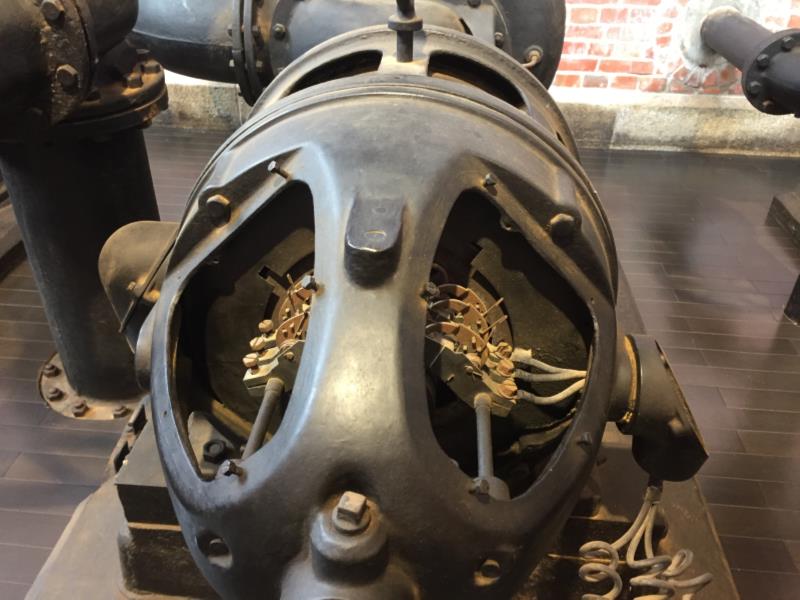
■マシンって感じです。

■大正7年8月です。
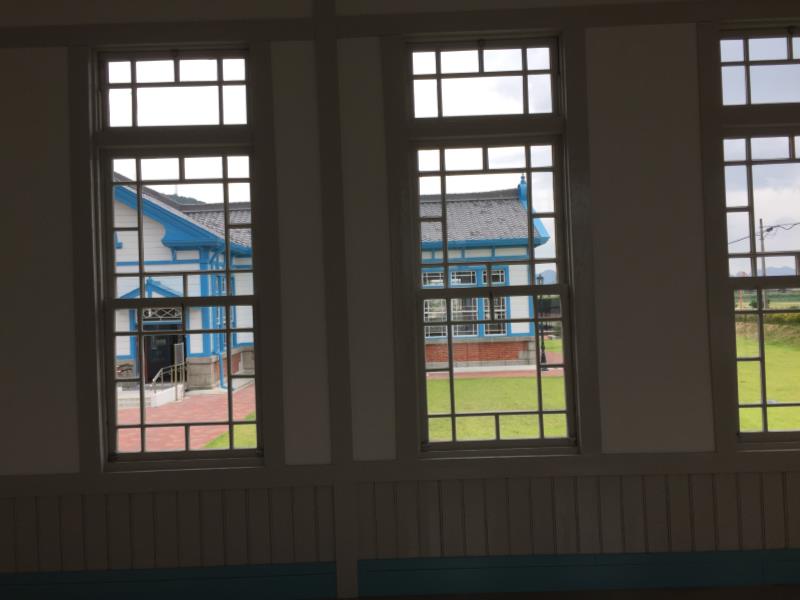
■窓から外を見た感じ。
また、朱色のレンガがたくさん使われてる。まさに、赤レンガという感じの材料がたくさん使われてる。
ポンプを展示してるところも もともとの地下の機械室のようなところで ここも赤レンガで囲われている。いわゆる、ポンプ室だそうです。
そりゃ、高松は香川県の県庁所在地だから、街の都市化は必然です。
しかも、
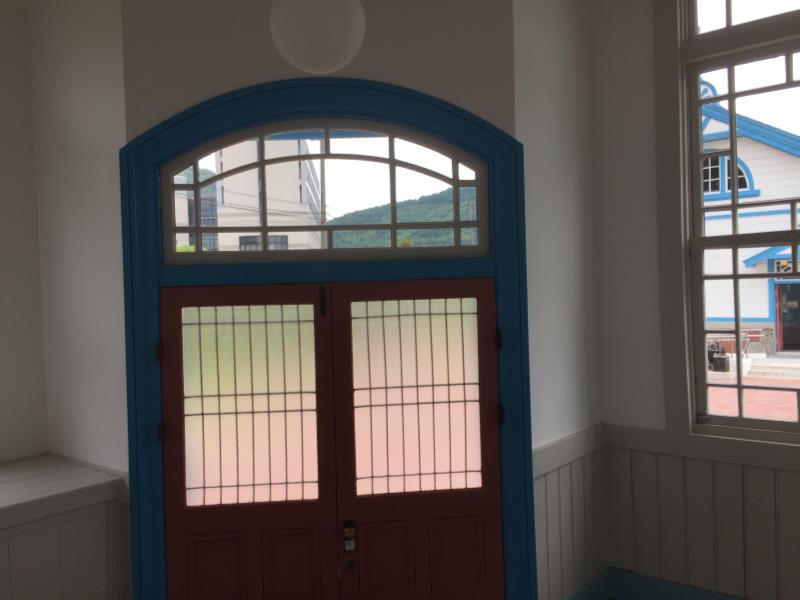
■玄関の洋式建築が綺麗です。

■白とブルーのコントラストがとてもきれいです。
しかも、こんな川沿いにって感じです。
I went to the “former palace water source” in Takamatsu City, Kagawa Prefecture, Shikoku.
Recently, I’ve been hooked on Kagawa prefecture.
Recently, I’ve been hooked on Kagawa prefecture in Shikoku because it’s easy to get to.
By long-distance bus from Osaka to Takamatsu, if this were my car, driving would be difficult and I wouldn’t be able to relax, but with this long-distance bus, I would be very relaxed.
I can come to this Takamatsu with a good feeling. Since I’m from Osaka, Shikoku is really close to me these days thanks to the Akashi Kaikyo Bridge. After crossing the bridge, passing through Awaji Island, and crossing the Naruto Bridge, he is already in Shikoku. First in Tokushima, then in Takamatsu.
When it comes to Matsuyama in Ehime, it’s quite far away, but if it’s around Takamatsu or Tokushima, it’s easy. It’s about two hours. For now, the purpose is to see various tangible cultural properties that look good. There are many in Shikoku.
So, first of all, it is “Old Goten water source”.
“Old Goten water source” is located on the outskirts, but it is very beautiful.
The “Old Palace Water Source” is a historical heritage of the beginning of Takamatsu’s water supply. Also, this building is retro and his color is blue. When the weather is nice, it feels like it will look great. There are no bus stops or trains nearby, so I took a taxi from Takamatsu.
Well, it’s pretty close, he has this building by the river. Run along the city road and go a little further along the river on your left. Then suddenly he has this beautiful building. It looks great! Anyway, it’s beautiful.
Inside, there is an exhibition of historical materials of this water source. In addition, since it is a water source, there must have been something like a dam that blocked and released the water, so there are exhibits of machines (pumps) that stop and release the water.
The exhibition on this occasion is also displayed in an underground location, and you can see it from above, and you can get down from the bottom, so it’s a pretty stylish way to display it.
That’s a good idea. There are several such buildings. The grass on the ground is also beautiful.
This is the so-called Takamatsu Waterworks Museum.
This is the so-called Takamatsu Waterworks Museum, and it seems that it was planned and built in the Taisho period for the development of waterworks. After all, many of the buildings in the Taisho era were Western-style, and they were like this all over the country, especially the arched windows, his colorful board walls, his colorful or pastel colors, or maybe they were rebuilt from that time. I don’t know if it turned out to be that kind of color.
Also, vermilion bricks are used a lot. Exactly, a lot of materials like red bricks are used.
The place where the pumps are displayed is like the original machine room in the basement, and this place is also surrounded by red bricks. It’s called a pump room. This facility was built in the Taisho era after consulting with the University of Tokyo and others, as the modernization of Takamatsu was promoted from the Meiji era, and the improvement of the water supply was urgently required based on the urbanization that accompanied it.
Well, Takamatsu is the prefectural capital of Kagawa Prefecture, so urbanization of the city is inevitable.
What’s more, buildings from the Meiji and Taisho eras, or Western-style architecture, are really fashionable. Isn’t he a bit too stylish to be called a water source? Right now, he just seems simpler and simpler.
Moreover, it feels like this is along the river. Buildings in the Taisho era would be outdone.
我去了位于四国香川县高松市的“前宫水源”。 建于大正时代的西式建筑。
最近迷上了香川县。
最近,我迷上了四国的香川县,因为它很容易到达。
从大阪到高松的长途巴士,如果是我的车,开车会很辛苦,我也无法放松,但是有这长途巴士,我会很放松。
我可以带着良好的感觉来到这个高松。 因为我来自大阪,所以最近四国离我很近,多亏了明石海峡大桥。 过了大桥,过了淡路岛,过了鸣门大桥,就到了四国了。 首先在德岛,然后在高松。
说到爱媛的松山,还是挺远的,但是如果是在高松或者德岛周边,就很容易了。 大约两个小时。 目前,目的是看看各种好看的有形文化财产。 四国有很多。
所以,首先是“旧御殿水源”。
“旧御殿水源地”虽然在郊外,但是非常漂亮。
“旧宫水源”是高松供水之始的历史遗产。 还有,这个建筑很复古,颜色是蓝色的。 天气好的时候,感觉会很好看。 附近没有巴士站或电车,所以我从高松打车过来。
嗯,挺近的,河边就有这栋楼。 沿着城市道路奔跑,然后沿着您左侧的河流继续前行。 然后,突然之间,就有了这座美丽的建筑。 看起来不错! 不管怎样,它很漂亮。
里面有这个水源地的史料展览。 另外,既然是水源地,肯定有水坝之类的东西阻挡和放水,所以展示了停止和放水的机器(水泵)。
这次的展览也是在地下展示,可以从上面看,也可以从下面下来,非常有格调的展示方式。
这是个好主意。 有几个这样的建筑物。 地上的草也很漂亮。
这就是所谓的高松水道博物馆。
这就是所谓的高松自来水馆,似乎是大正时期为了发展自来水而规划建造的。 毕竟大正时代的建筑很多都是西式建筑,整个日本都是这样,尤其是拱形的窗户和五颜六色的木板墙,五颜六色,或者说是粉彩。不知道是不是这样.
此外,朱砂砖也被大量使用。 就是用了很多红砖之类的材料。
展示水泵的地方就像地下室原来的机房,也是用红砖围起来的。 它被称为泵房。 该设施是在大正时代与东京大学等商议后建造的,因为高松从明治时代开始推进近代化,随之而来的是城市化对供水的迫切需求。
好吧,高松是香川县的县首府,所以城市的城市化是不可避免的。
更何况明治大正时代的建筑,或者说西式建筑,真的很时尚。 这座建筑被称为水源地是不是有点太有格调了? 目前的状态感觉简单多了。
而且,感觉这是在河边。 大正时代的建筑也不甘示弱。
